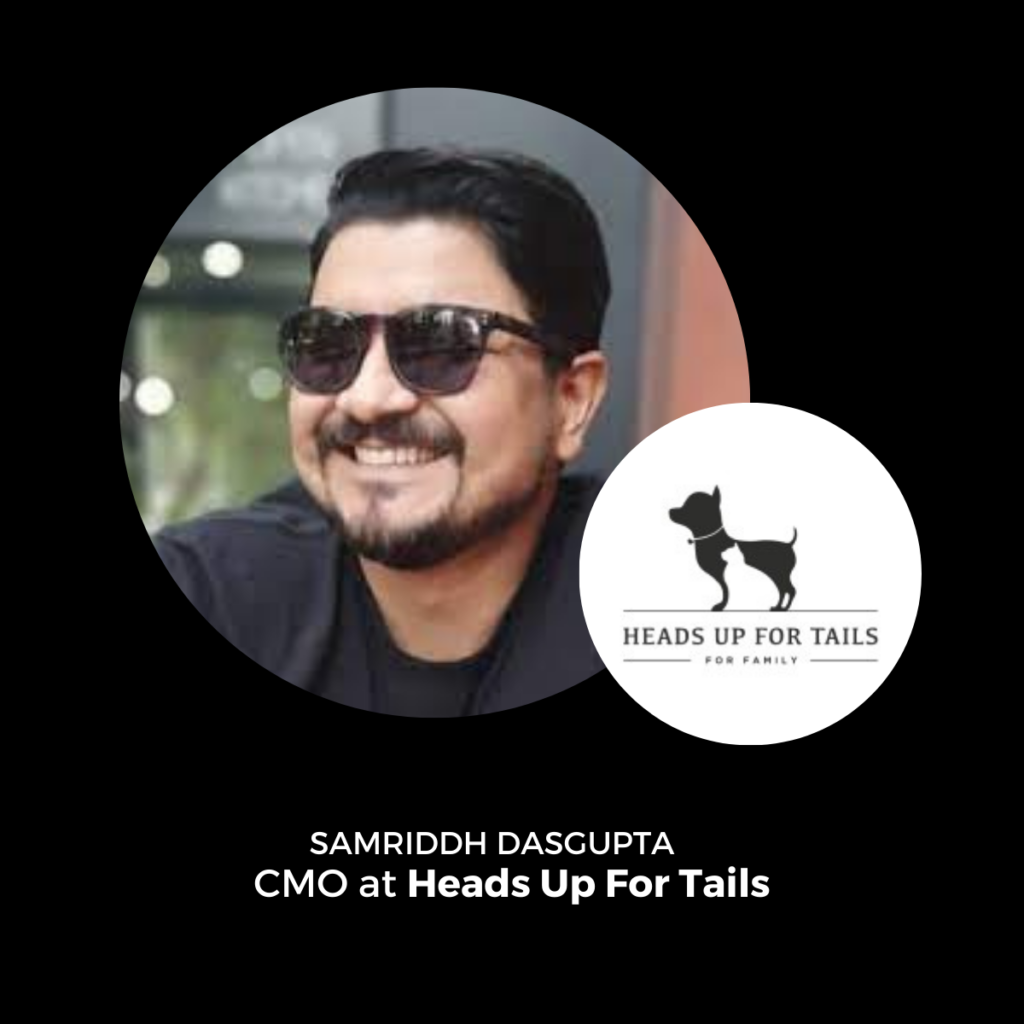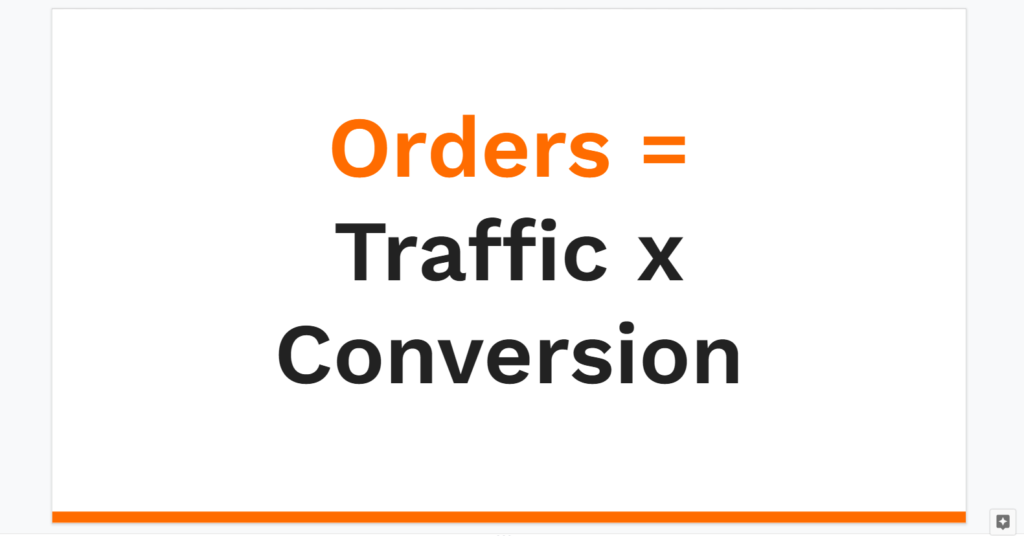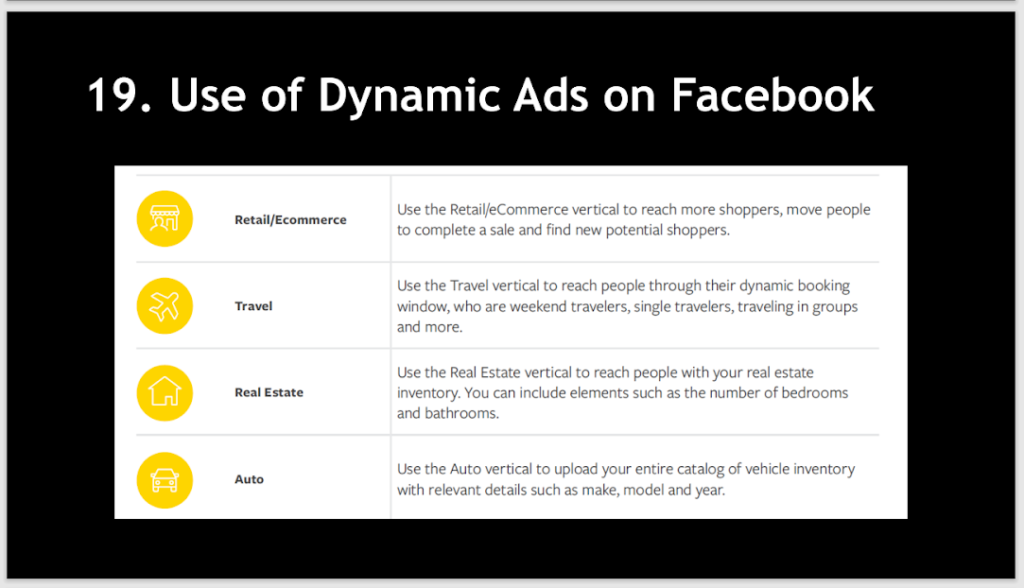
Samriddh Dasgupta is the Chief Marketing Officer at Heads Up for Tails. He is the perfect brand storyteller and multidimensional marketer helping digital brands grow exponentially by strengthening the brand.
Imagine a certain Mr. T is a father to two girls. He works with them, teaches them to be stronger, to become more independent and self-aware. Mr. T nurtures a garden and works hard to save the Earth, and he believes in sustainable living. What do you think of Mr. T? Would you be friends with him? How do you think Mr. T looks? Would you trust him?
How surprised would you be when you find out Mr. T is none other than Thanos from Avengers?
The crux of an effective brand framework is telling your story in such a way that it resonates with people and makes them want to be a part of what you stand for. After all, if a villain in a comic series can still be portrayed in a positive light, imagine how the right storytelling can work wonders for your brand.
To create a brand story that truly stands out, it is important to find the brand voice. There is no one-size-fits-all approach to building a brand. A brand can be a person, a product or a service, people or a community, a company, or even a social impact.
- Brand as a person
Just like a human being has character traits, attitudes, virtues, and flaws, Samriddh points out that these same attributes can be applied to brands as well, where brands too have certain characteristics.
- Brand as a product or service
Products and services are designed and invented with the objective of fulfilling a specific need or solving a certain problem. However, what is it about the brand that appeals to people on an emotional level? What attribute about the product or service makes it appealing? These are the questions that must be addressed.
- Brand as people or community
The brand in question is a reflection of the people who stand for it. Is your brand cool and trendy? Is it fun and witty? Is it one that reflects innovation and creativity? These aspects are important to understand what ‘tribe’ the brand represents.
- Brand as a company
The identity and the purpose of the company could be what defines the brand. Is the company focused on the environment? Is it futuristic? Is it quirky and innovative? Addressing how someone outside the organization perceives the organization is what will help to define the brand of the company.
- Brand as social impact
The impact that the brand makes on the society at large and how it benefits the greater community, as well as the people who are engaged in bringing about this positive change, are what needs to be clearly emphasized.
Once the brand voice has been established, the next step is to build a story around it. Here’s how the brand story of Heads Up For Tails was crafted:
It is important to note here that the story needs to be architectured in such a way that it talks about the following:
- The problem, necessity or gap that inspired the launch of your brand
- The core objective of the brand – your core objective
- What your community or tribe can do
- How your customers will benefit from the work of your brand
- How does society benefit at large from it?
- The emotion that induced the thought.
It is well known that human beings are excellent at articulating terrible experiences but do not know how to articulate good experiences. The choice of words varies wildly depending on the type of experience being explained. People generally tend to be highly descriptive with their words after a negative experience, but tend to choose blander and less descriptive words when explaining an enjoyable experience.
A crucial aspect to consider while building your brand story is to use the very words that you want your customers to use to describe when talking about how they feel after using your product or availing of your service.
Here is a model that is effective for building a thorough brand framework, which can aptly be referred to as the Four F’s:
Form: Does your brand offer a unique advantage in the form of your product?
Function: Does your product boast of a specific function that no other brand offers?
Formulation: Is there a change in formulation that makes your product truly stand out?
Feel: How will a user feel after using your product?
These 4 F’s are elementary in helping you craft your brand story that connects with your customers on a personal level.
The primary focus should be on making the brand stand out from the crowd. In a world where replication is easy and anyone can enter the market, your brand is your only anchor.
An extremely crucial question to ask when building your brand story is: “will people miss you if you’re gone?”
Want to learn more about how you can build your brand framework? Interested in telling your brand story in a way that makes people want to come back to you?
Our expert Samriddh Dasgupta is the Chief Marketing Officer of Heads Up For Tails, and he brings to you his story, his 17+ experience, and his insights. A genius in building the most amazing brand stories and truly a savior to many of our cohort brands who took a step back to build their brand story, that shines and strikes the right emotional chords.
Click here to find out more about the program: https://www.xpert.chat/d2cmarketing.php

























